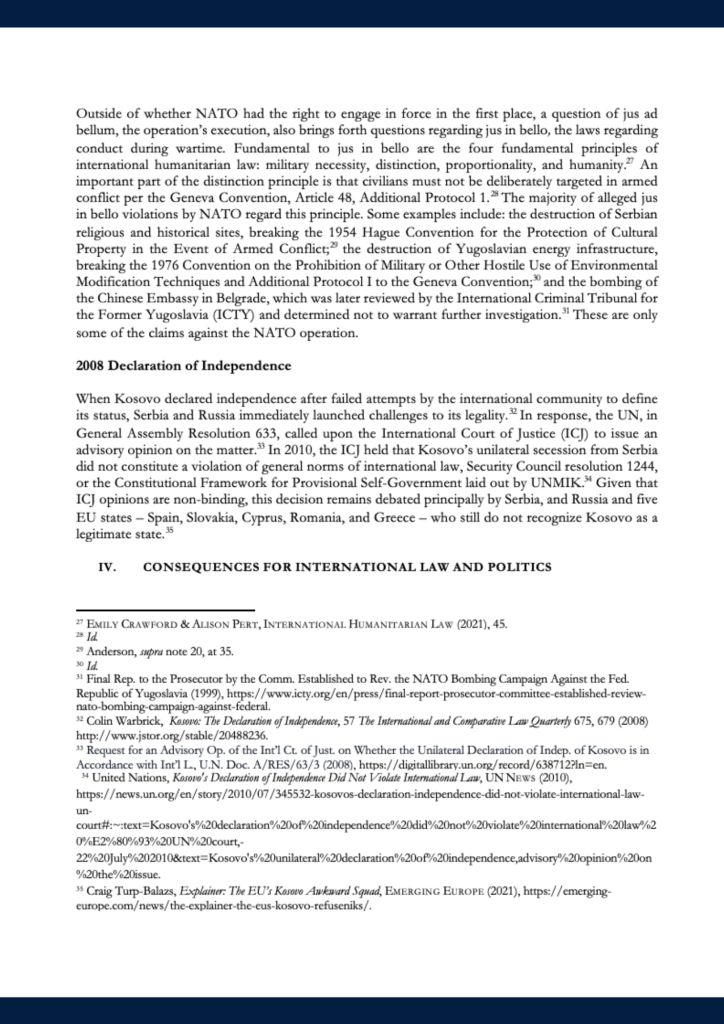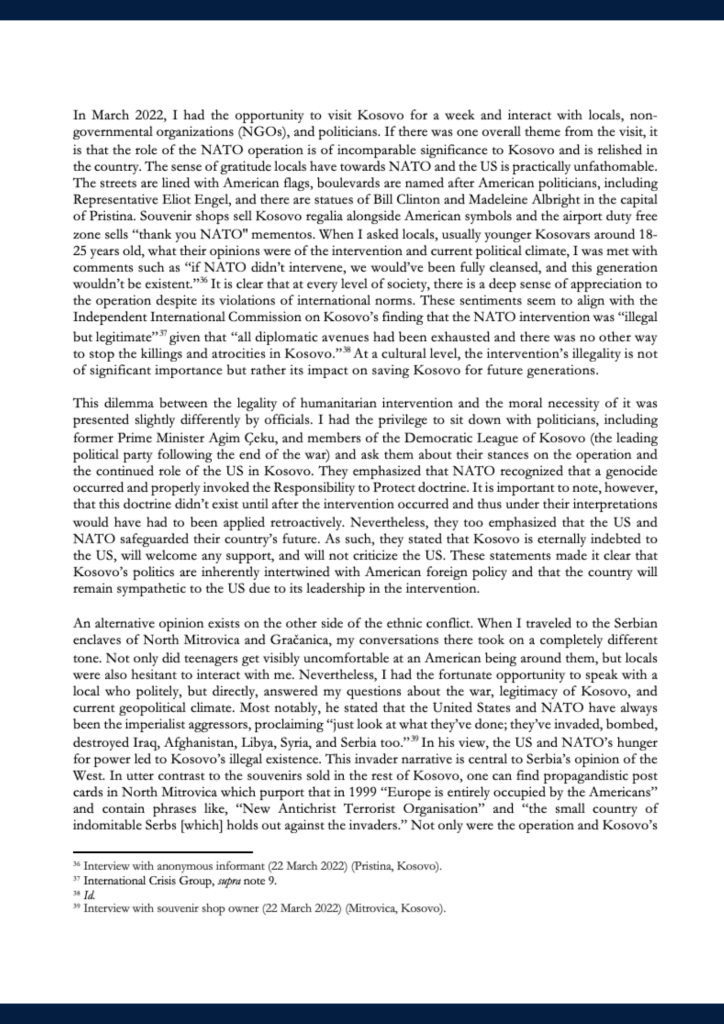John Kim is a Freshman in the College of Arts and Sciences at Georgetown University. He is double majoring in Sociology and Political Economy (PECO).
On July 28th, 2022, President Yoon nominated Oh Suk-joon, the Chief Justice of the Jeju District Court, as a Justice for the South Korean Supreme Court. On the following day, the national assembly convened for Oh’s confirmation hearing. There, he was subject to immense censure from the members of an opposing party, the Democratic Party of Korea, for passing controversial verdicts throughout his career. In particular, lawmaker Lee Tahney underscored Oh’s 2011 verdict, where he ruled it was just for a company to lay off a bus driver who had embezzled 800 KRW (approximately $0.70 in the United States) for instant coffee. When the hearing was publicized in the media, Oh was me with even stronger condemnation from the public.[i]
Such criticism begs the question: On what grounds did Oh pass the 2011 verdict?
A thorough review of Oh’s 2011 verdict reveals three pivotal differences between the popular understanding of the issue and its actual proceedings. First, the 2011 trial concerned two, not one, employees. Kim and Yang were former bus drivers who were laid off from a midsized transportation company in Jeonbuk, South Korea, following accusations of embezzlement.[ii] Following their dismissal, Kim and Yang protested to the National Labor Relations Committee (“N.L.R.C.”), arguing there were not sufficient grounds for dismissal.[iii] When the NLRC sided with Kim and Yang and ordered the company to remedy their dismissals, the company petitioned the Supreme Court to overturn the N.L.R.C.’s ruling.[iv] Finally, it was the layoff of Yang, who embezzled a sum of 5,200 KRW (approximately $4.55 in the United States), that Oh ruled was just, not the layoff of Kim.[v] Although it is questionable whether ruling it just to lay off an employee for 5,200 KRW is reasonable, a verification of the facts already reveals crucial details contradictory to widespread perceptions.
The key reasons underlying Oh’s verdict were as follows: The plaintiff’s sole source of income was customer bus fare, on which it only had a 7% profit margin, yet Kim and Yang embezzled an amount equal to more than 5% of the fare per person. Moreover, according to the collective agreement, the rules of the agreement, and the employee disciplinary action regulations, the only appropriate response to embezzlement was a layoff, especially given that Kim and Yang repeatedly engaged in the behavior. Finally, there was no evidence indicating it was customary for bus drivers the keep the changes to themselves, as Kim and Yang had previously claimed.[vi]
Taking this multitude of factors into account, it becomes apparent that Oh had a sound logical foundation for his ruling. Yet, it is still unclear whether this ruling was particularly harsh in comparison to precedents. To answer this question, a review of a precedent in similar cases is necessary. In August 1995, another midsized transportation company informed its bus drivers to stop receiving physical bills from passengers. The reason was, recognizing its bus drivers were embezzling an average of 20% to 30% of the bus fare to themselves, the company revised its operational policy from receiving physical bills from passengers to receiving pre-purchased tickets. Expecting the transition to be gradual, the company also supplied each driver with 5,000 KRW in coins for exchange if passengers carried only bills.[vii]
On the following 10th of August, the same company laid off a driver for receiving 4,000 KRW (approximately $5.20 in the United States) from passengers in bills. The driver’s explanation was that the coin-exchanging device was broken, and he had no choice but to receive the bills. When the N.L.R.C. classified the dismissal as a fair dismissal, however, the driver also filed a protest against the N.L.R.C. in the Seoul High Court, hoping to overturn the previous judgment.[viii]
Ultimately, the court ruled it was unjust for the company to dismiss the driver for the said reason. Although the company claimed that receiving 4,000 KRW in bills was a form of embezzlement, the court weighed numerous factors, rendering it difficult to find the driver guilty of embezzlement conclusively. Notably, the driver had worked in the company for over five years without being subjected to a single disciplinary action. Once, the driver even ranked third in monthly revenue. It was also difficult to conclude his action was intentional, as the coin-exchanging machine had been broken for a considerable number of days. Given the close proximity of the interactions between a bus driver and passengers, the driver would have also had no other option but to receive the bills as there was no clear alternative to maintain a reasonable flow of passenger boarding.[ix]
Such an outcome contradicts that of Oh’s 2011 trial. Still, there is a clear contrast between the two cases: Whereas the driver accused of embezzlement in the 1996 trial had sufficient contextual evidence supporting his innocence, the drivers accused of embezzlement in Oh’s 2011 trial lacked a viable explanation for their actions. Considering these factors, it appears that the ridicule of Oh’s reliability as a justice was more likely a product of partisan aggression and misrepresentation of the cases.
Perhaps so, only if Oh’s verdicts had not been so contradictory in the past. During Oh’s confirmation hearing on the 29th, another area of contention was his verdict from a 2013 trial. Just a couple of years after his ruling of Yang, he ruled it was unjust for the government to lay off a prosecutor for receiving a “mere 850,000 KRW (approximately $760 in the United States),” stating “the disposition was unduly harsh, to the extent it had significantly lost society’s acceptable level of validity.” Even in 2011, Oh ruled it was unjust to dismiss an employee at the National Intelligence Service (“N.I.S.”), who was accused of engaging in prostitution.[x] A conspicuous difference between such verdicts and Kim and Yang’s 2011 trial is that the former concerned elites with highly prestigious occupations, whereas the latter concerned ordinary laborers. How Oh had undergone such dissimilar judgments — Oh himself has never explained.
Oh was ultimately appointed a Supreme Court Justice on November 24th, 2022. Despite the lingering controversies over his quality as a Supreme Justice, it was a mere 119 days after he was nominated.[xi]
[i] Minjung Shin, ‘800원 횡령 해고’ 판결에, 오석준 후보자 “살피지 못한 점 있었다, THE HANKYOREH (Aug. 29, 2022), https://www.hani.co.kr/arti/society/society_general/1056571.html.
[ii] Seoul Haengjeongbeobwon [Seoul Administrative Ct.], Dec. 2, 2011, 2011 Guhap 25876 (S. Kor.).
[iii] Id.
[iv] Id.
[v] Id.
[vi] Id.
[vii] Seoul Godeungbeobwon [Seoul High Ct.], Sept. 23, 1996, 95Gu35359 (S. Kor.).
[viii] Id.
[ix] Id.
[x] Hyeonsu Son, Minyoung Choi, & Gwangjun Jeon, ‘성접대’ 국정원 직원 파면에 “가혹”…오석준 판결 70건 분석, THE HANKYOREH (Aug. 22, 2022), https://www.hani.co.kr/arti/society/society_general/1055605.html.
[xi] Jaehoon Lee, ‘119일 표류’ 오석준 대법관 임명동의안 국회 본회의 통과, THE HANKYOREH (Nov. 24, 2022), https://www.hani.co.kr/arti/politics/politics_general/1068762.html.














